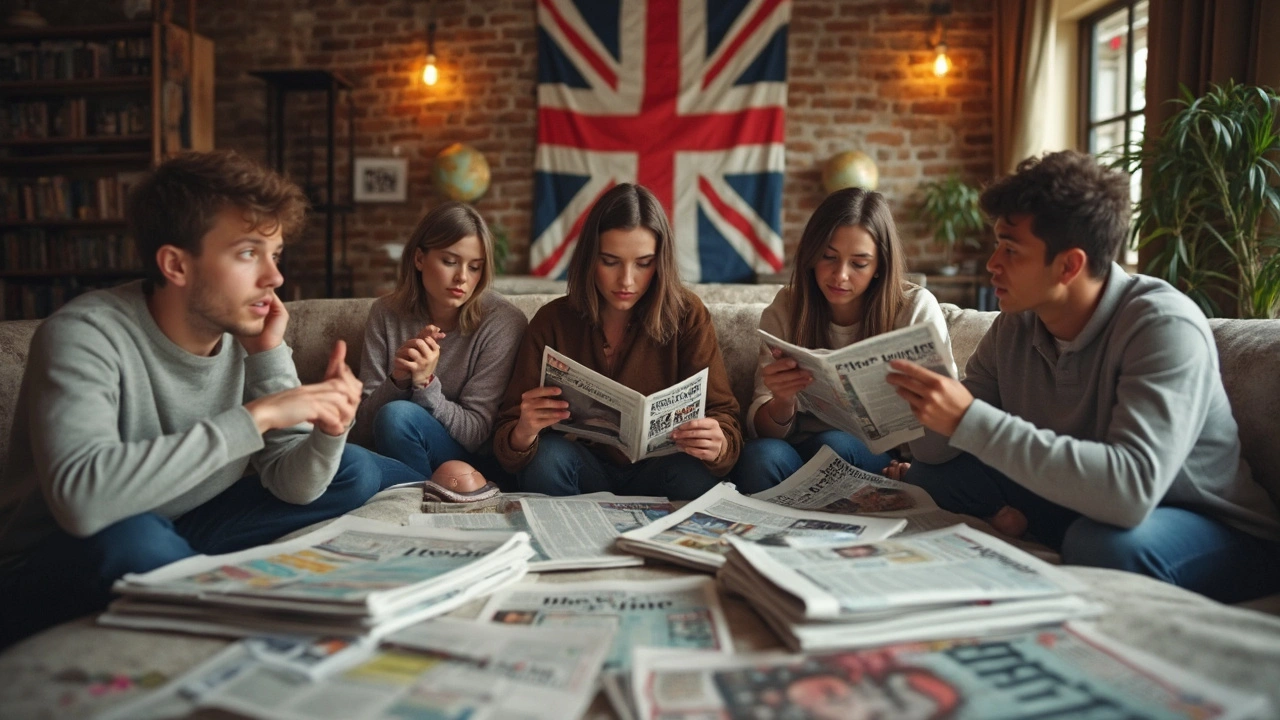Media Comparison: What’s Best for Your News Fix?
Feeling bombarded by headlines from every corner? You’re not alone. One minute you’re scrolling Instagram, the next you’re glancing at a Sunday paper. Picking the right source can feel like guessing in a dark room. This guide breaks down the most common news formats, shows where they shine, and points out the blind spots you should watch for.
Print vs. Digital: Speed, Cost, and Trust
Traditional newspapers like The Guardian or the Financial Times still pump out print editions every day. The tactile feel and the fact‑check routines give many readers a sense of reliability. However, printing costs, delivery delays and shrinking circulations mean you might miss breaking stories.
Digital platforms—Google News UK, the Daily Express website, or any news app—update by the second. You’ll see a story about a London protest as it unfolds, not hours later. The trade‑off is a flood of headlines that can overwhelm you, and algorithms that prioritize clicks over depth.
Cost-wise, print usually demands a subscription or a per‑issue price, while most digital news is free or bundled with ad‑supported models. Some sites offer premium tiers that strip ads and unlock archives. Figure out what you value more: a quiet morning with a cup of tea and a newspaper, or instant updates on your phone.
Bias and Ownership: Who’s Behind the Stories?
Every outlet has a perspective, shaped by owners, editors and revenue streams. The Financial Times leans toward business‑friendly angles, while the Wall Street Journal often tilts conservative on politics. The Guardian is praised for progressive coverage but is funded by the Scott Trust, which aims to keep it independent.
Social media adds another layer. Platforms like Facebook, Twitter and TikTok surface news based on engagement, not accuracy. They can amplify sensational pieces and mute nuanced reporting. If you rely heavily on feeds, check the original source before sharing.
Understanding bias doesn’t mean dismissing a source—just cross‑checking. Reading the same story on a centrist outlet and a left‑leaning one can highlight differences in language and emphasis.
In short, the best media diet mixes formats: a reputable print paper for deep analysis, a digital aggregator for speed, and a few trusted social accounts for quick alerts. Keep an eye on ownership and always ask who benefits from a story. That way you stay informed without getting stuck in echo chambers.

Exploring Top Newspaper Alternatives in 2025
In a world flooded with information, choosing the right newspaper can be a challenge. This article explores alternatives to the best newspaper in the world, with a focus on Yomiuri Shimbun from Japan. Readers will find out about its reach, credibility, and limitations in terms of global coverage. This comparison aims to guide readers in making informed decisions for their news consumption.
READ MORE